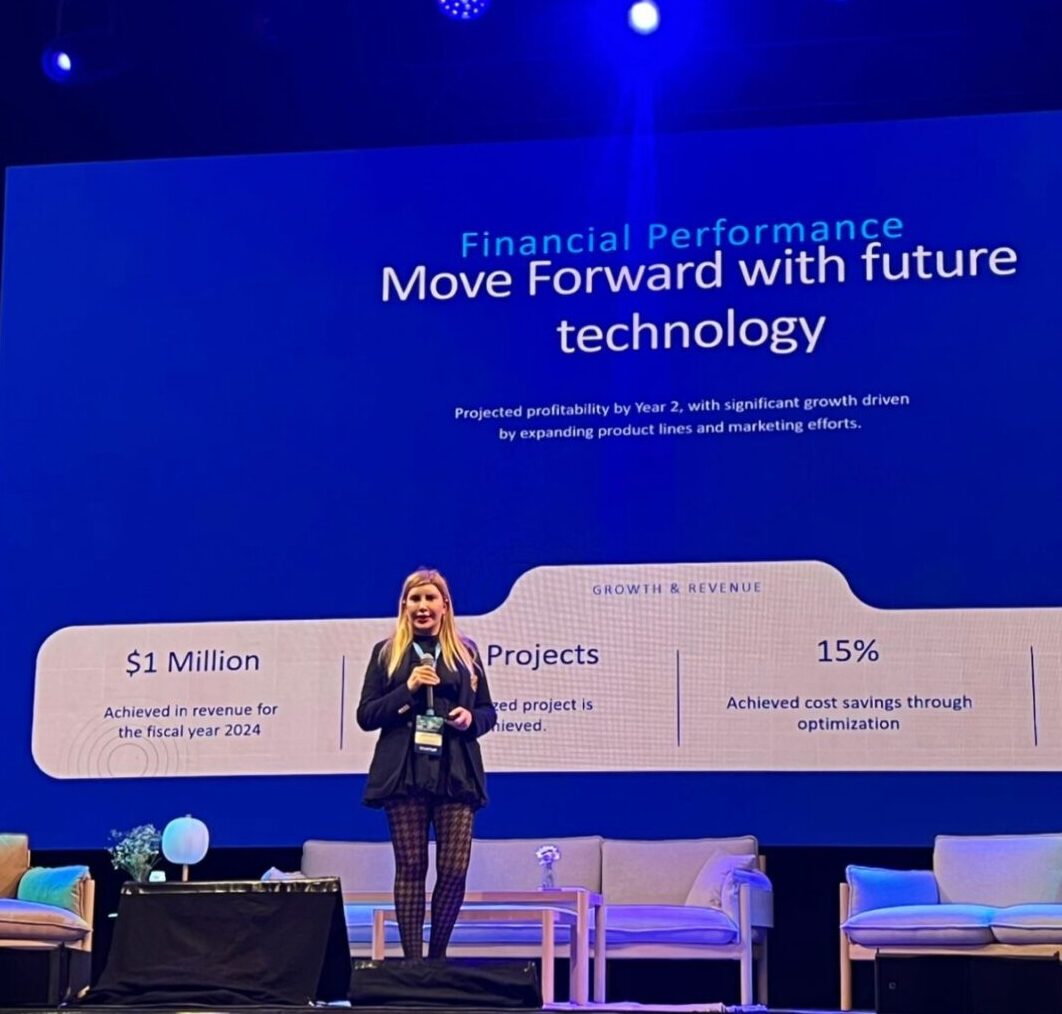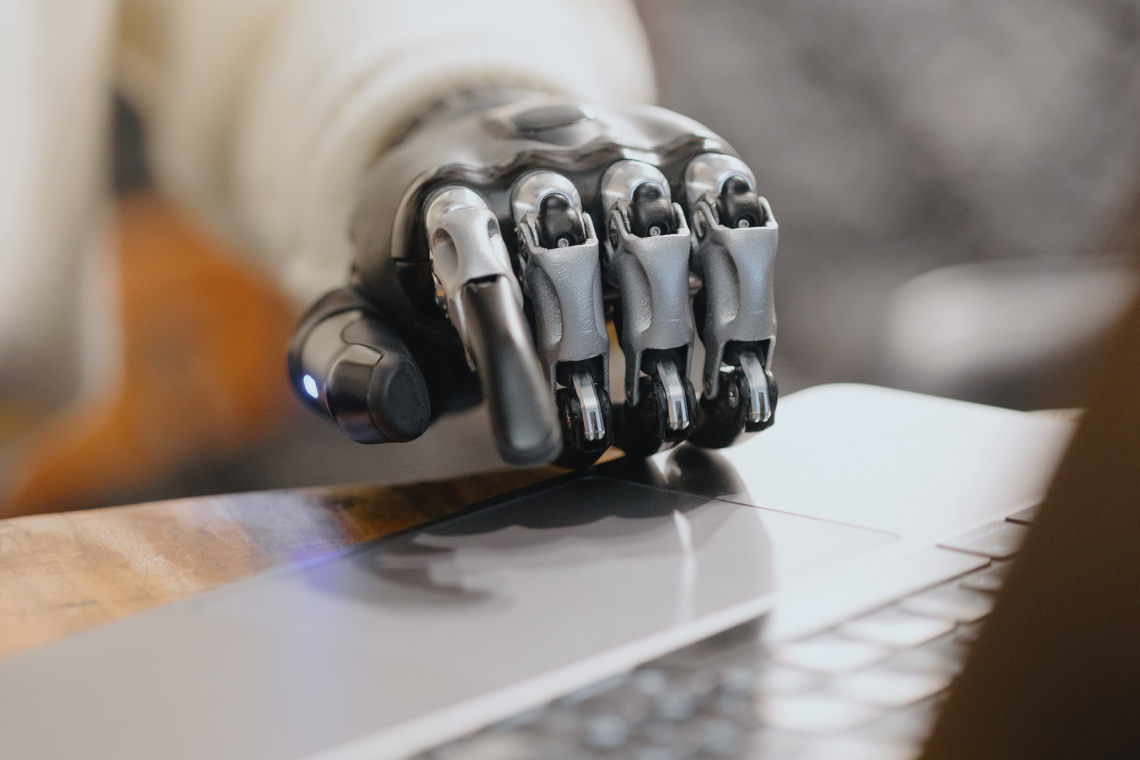What is Robot Programming?
Before answering the question of what robotic programming is, it is necessary to answer the question of what a robot is. Robots are automated systems that can fulfill the tasks given to them without the need for manpower. The branch of engineering that deals with the design, construction and functioning of these systems is called robotics or robotics in English.
Robots need to be programmed to perform the given tasks. Like us humans, they cannot decide to take any action of their own free will, nor can they determine the limits of the tasks they will perform. Therefore, they need to be specifically defined by humans. This is where robotic programming, also known as robotic coding, comes into play.
Robotic programming is a fascinating field at the intersection of computer engineering and general engineering that enables intelligent systems, called robots, to perceive and comprehend their environment and perform their tasks within the boundaries of this environment.
In order to perform robotic programming, codes are needed. A code is a set of instructions that robots read and translate into action. In the field of robotics or robotics, knowledge from fields such as electronics, mechanics, mechatronics and software is used to program robots to perform specific tasks.
Robots serve as an integral part of automation systems in today’s industrial production processes. This situation is expected to continue with increasing momentum in the coming years and the robotics industry is expected to grow significantly. In fact, in a study conducted by BCG, it is predicted that the robotics market, which is worth 25 billion dollars in 2021, will increase to a value between 160 billion dollars and 260 billion dollars by 2030. Therefore, it can be said with great ease that the field of robotics is one of the most important professions of the future and that we will encounter robot automation systems even more frequently in the coming years.
How are Robots Made and Designed?
Robots are designed using physical prototyping and computer-aided design programs called CAD. CAD software, which is often used in architectural processes, is similarly used in the field of robotics to create 3D models of robots and detailed plans of the robots to be produced. Physical prototyping is used to create a physical copy of the robot.
Many materials are used in robot construction. Metal, plastic and electronic components are just some of the materials used in robot construction. The materials used in the construction of robots may vary according to the usage areas of the robots, the tasks they will perform, their working environments, the load capacity they need to carry and many other parameters.
After the material is decided, the robot assembly process remains. Robot assembly operations can be carried out manually by human hands or through automation systems and autonomous assembly lines.
The physical production phase is just the beginning of the robot building process. Robots need to be programmed to perceive their environment, to perform their tasks in harmony with this environment, to understand the limits of their tasks and to act accordingly. Therefore, the final stage of robot construction is robot programming or robot coding. Robot coding is the process of defining the codes that specify which task, in which way and at what frequency the robot should perform.
Which Languages Are Used in Robot Programming?
In our 10 Most Popular Robot Programming Languages article, we talked about the ten most used languages in robot programming. In this article, we will talk about the most commonly used languages in a standard robot programming process and the general stages of robot programming.
In a standard robot programming process, languages such as C/C++, Java and Python are used. One of the main reasons why Python is so popular in the field of robot programming is its utility in the field of machine learning and its use in the production of robot operating systems.
Robot operating systems are software tools used to build robot applications. With the help of languages such as C++ and Python, it is possible to write programs for robot operating systems.
Kuka Robot Programming
KUKA is a German company that has become a world brand in the field of industrial robot production. KUKA Robotic Language is a robot programming language used in the programming of these robots, resembling Basic and Pascal languages in its structure, and is used to define the tasks of robot automation systems.
ABB Robot Programming
ABB Robotics is another world-leading supplier of robots and robot automation systems. ABB RobotStudio from ABB Robotics is an internet-free simulation tool that ABB uses for robot programming. With ABB RobotStudio, a digital copy of the robot can be made.
Fanuc Robot Programming
Fanuc robots are used in many areas such as welding, material handling, painting, packaging and more. Fanuc robots, like robots from other companies, can be integrated with different automation systems. These automation systems that they can be integrated with include CNC machines and sensors.
FANUC robots are programmed using the TP programming language as standard. FANUC offers a simulation tool called Roboguide, similar to ABB’s RobotStudio offline simulation program, which can perform robot programming without the internet.
Use of Robots in Different Areas
Robots are not limited to industrial production facilities. Robots are flexible machines and can perform many tasks and functions. Today, robots are mainly used in the following areas:
- Health
- Houses
- Production
- Logistics
- Space Research
- Military
- Entertainment
- Travel
Uses of Robots in the Health Sector
Robots are used in many areas ranging from assisting surgical procedures in the health sector to physical therapy procedures, and support in the transportation and supply of materials used in the hospital.
Use of Robots in Homes and Daily Life
The examples of robots in our homes are well known to everyone. Kitchen robots are our primary helpers in preparing delicious meals. Cleaning robots, on the other hand, work without leaving a single grain of dust on the floor while we go about our own business.
Uses of Robots in the Production Sector
Robot automation systems, which are indispensable in industrial production sites, add efficiency and speed to the production phase, helping us to achieve much higher quality products in a much shorter time. Industrial robots such as SCARA Robot and Delta Robot are used in the production sector in many areas such as welding, material transportation, iron cutting and food packaging.
Uses of Robots in the Logistics Sector
The use of robots in logistics covers both transportation and warehouse processes. Companies use robotic systems to transport products in warehouses, place them on shelves and even deliver them to places that are not too far away.
Uses of Robots in Space Exploration
Robots are of undeniable importance for space exploration. The Hubble telescope, one of the main reasons for our knowledge of the universe, is a robotic system.
Uses of Robots in the Military
Robots perform many dangerous tasks in the military and are likely to be seen with increasing frequency on the battlefields of the future. Robots, which are used today especially in the field of reconnaissance, will also be used in combat in the coming years. It can even be said that systems such as unmanned aerial vehicle systems are robotic systems and therefore robots are already being used in the field of combat today.
Uses of Robots in the Entertainment Industry
Robots have long been utilized in the entertainment sector. Especially in pioneering countries such as Japan, robots find a wide place in this sector, from robots serving food in restaurants to the toys children play with.
Uses of Robots in Travel
The uses of robots in travel include autonomous vehicles. With their sensors and learning modules, autonomous vehicles adjust your distance from the car in front of you, take you where you want to go and overcome even difficult parking conditions without you having to get behind the wheel.
The Future of Robot Programming (Robotic Coding)
It is predicted that the field of robotics will develop much more in the coming years and robots will become a part of our daily lives. Robots will be able to perform complex tasks with deep learning algorithms, have a more advanced visual recognition system with convolutional neural networks and process sequential data with recurrent neural networks.
One example of the development of deep learning algorithms is Boston Dynamics’ Spot robot. Thanks to deep learning algorithms, Spot can walk even on complex terrain and easily overcome obstacles. It can also analyze its surroundings thanks to its image processing feature.
Similarly, it is predicted that robots will develop natural language processing capabilities in the future. Robots will be able to communicate with humans in a natural way and will have a more advanced voice recognition and synthesis system.
ChatGPT 4-o is an example of a robot with advanced natural language processing capabilities. SoftBank’s Pepper robot is another example of a robot that can chat with humans, answer questions and understand simple instructions thanks to natural language processing.
It is not a far-fetched prediction to say that robots will acquire human-like reasoning and problem-solving abilities in the future. In the coming years, robots will be able to perform more complex and abstract tasks, and will be able to successfully perform many technical tasks that humans can do.
An example of a robot that can perform complex tasks is IBM’s Watson AI Robot. Watson AI can perform complex operations, make medical diagnoses and perform legal analysis in integration with robotic systems.
Robots will also become more autonomous in the coming years. Just like humans, they will be able to make their own decisions and filter their actions through a thought filter. Even today, there are robots that can do this. Autonomous vehicles are the biggest example of this. Autonomous vehicles can analyze traffic conditions and make driving decisions in real time by evaluating potential risks.
Robotic Coding Education
It is possible to learn robot programming, which is certain to be one of the professions of the future and which is used in many different sectors mentioned above, by receiving training.
Recognizing the need for robot programming education, countries are integrating robotic coding into their education systems from the early grades, ensuring that children grow up intertwined with software and programming and thus guarantee that they will be able to sign many successful robotic applications in the future. Children who receive basic robotics education at an early age can thus take firm steps towards becoming the visionary and successful robot programmers of the future.
In robotic coding education, students are taught how to configure and manage robots with the help of programming languages. Parts of robots such as sensors and motors are recognized and how these components work in interaction with each other is shown. Robot programming education, as a branch of engineering by its nature, will help students to think in a broader perspective, solution-oriented and like an engineer, and to find solutions to the problems they face by approaching them analytically.
There are many options for robotic coding education in our country. Istanbul University provides robotic coding training, and companies such as KUKA and FANUC help their customers in the field of robotic programming that will help the use of the products they produce.
It is also possible to get robot coding (robot programming) training through open courses and training platforms. With courses offered through Udemy, Coursera and similar open education resources, people can master the theoretical and technical aspects of robot programming.






